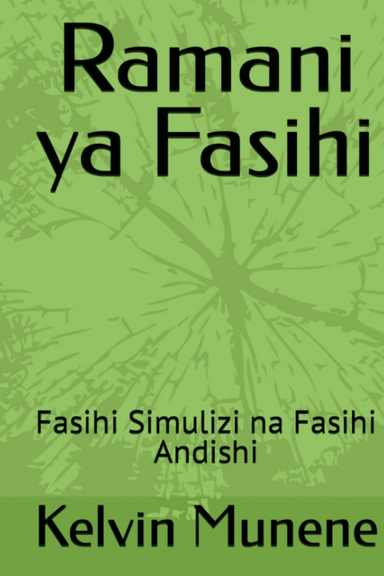


This is in part a reflection of the prevailing view that oral accounts of this kind usually reveal more about contemporary politics than they do about the past. In recent years, historians and anthropologists have paid relatively little attention to these traditions. Colonial administrators and scholars strove to interpret the traditions literally, and suggested various provenances for these mysterious visitors, who were reputed to have been builders in stone and the source of various other cultural innovations, including (in some accounts) the mtepe sewn boat and a package of exotic crops. These traditions, most of them recorded from Swahili speakers between the mid-19th and mid-20th centuries, describe the deeds of early immigrants from overseas called the Diba, Debuli, and variants thereof. My modest aim in this paper is to turn a similar spotlight on the East African coast, to re-examine the little-known set of oral histories that includes those heard by Ingrams on Pemba. He has also, of course, been one of our best guides to the chronicles of the islands, as well as their archaeology and history in general.

Professor Claude Allibert, the dedicatee of this volume, has been our most engaging explorer of this quasihistorical world, and has led the way in seeking to disentangle the real and the fantastic, the literal and the symbolic, the imagined and the imaginary in travellers’ tales about the islands of the western Indian Ocean (e.g. The Indian Ocean has cast up a wealth of literature that merges fact and fiction, the most familiar to us being The Seven Voyages of Sindbad as passed down in the The Arabian Nights. It also suggests some general correlations between island biogeography and human settlement that can be compared to observations based on research in Oceania. The evidence presented here evokes a number of historical hypotheses, some contrary to received wisdom, about the settlement of the islands and relations between the communities involved. I will argue that the significance of hunting, trapping and the translocation of wild animals has been greatly underestimated in previous histories of this region. In this paper I will make a preliminary attempt to do so, by reviewing the cultural and biological evidence for people’s interactions with the terrestrial fauna of island archipelagos that lie between East Africa and Madagascar. In the Western Indian Ocean Madagascar has been the focus of this kind of investigation (Goodman and Patterson 1997), but it has not been extended to other islands or integrated with study of their settlement histories. One particularly fertile area of research has been the historical ecology of oceanic islands and analysis of the environmental impacts of human settlement and subsistence practices (Kirch and Hunt 1997). In this and other respects the study of the maritime heritage of the Indian Ocean lags behind that of the Pacifi c, where the history of human colonisation is the subject of lively interdisciplinary debate (cf. Researchers have recently begun to re-examine the settlement of the islands of the Western Indian Ocean from multi-disciplinary perspectives that incorporate evidence from both the natural and human sciences (Blench, this volume Hurles et al.


 0 kommentar(er)
0 kommentar(er)
